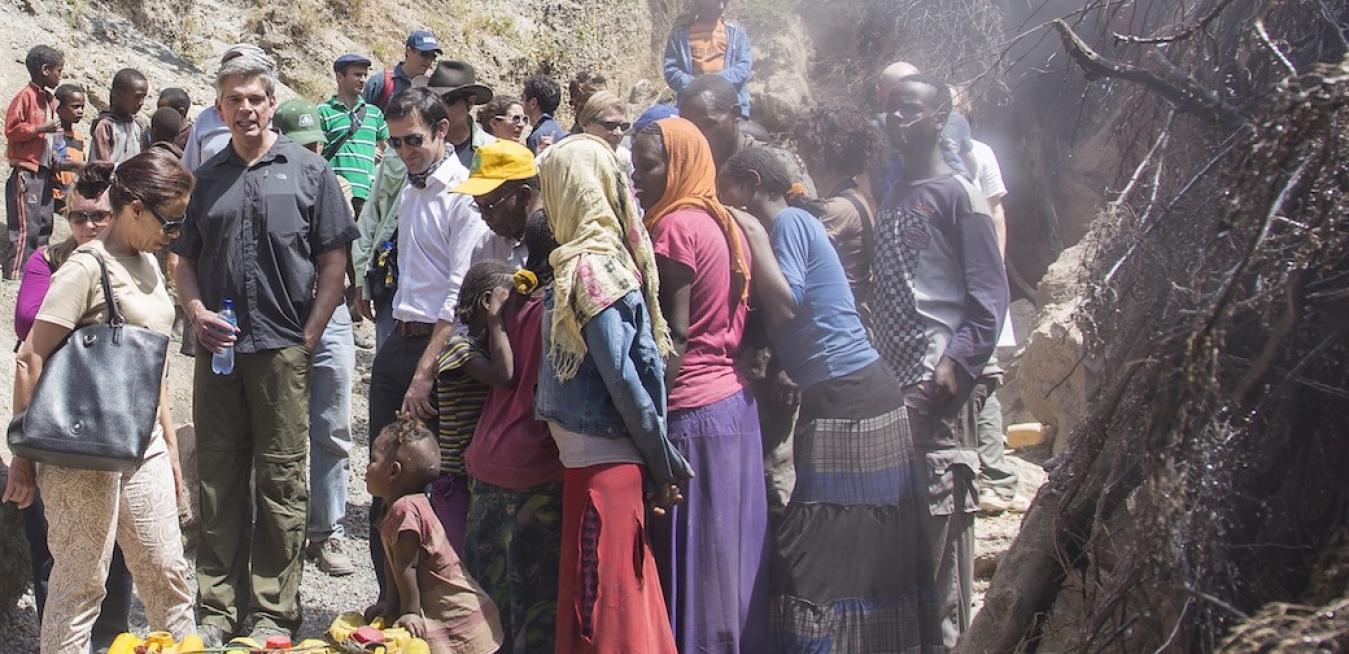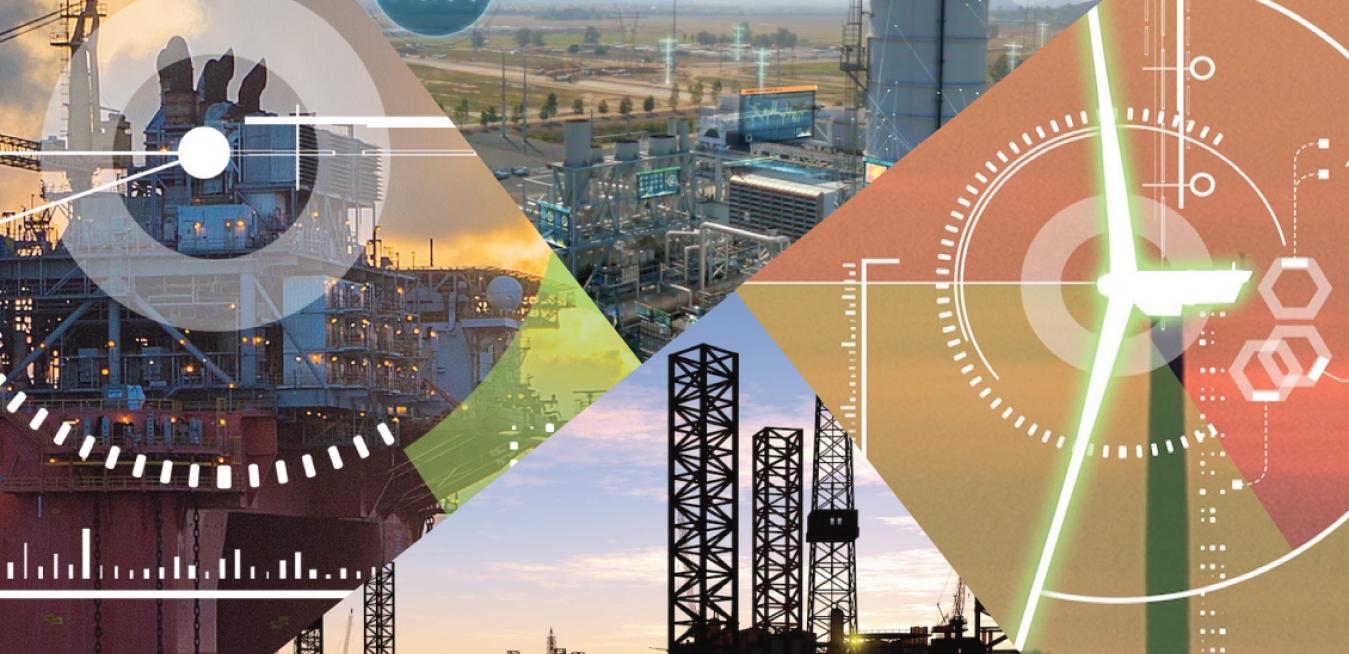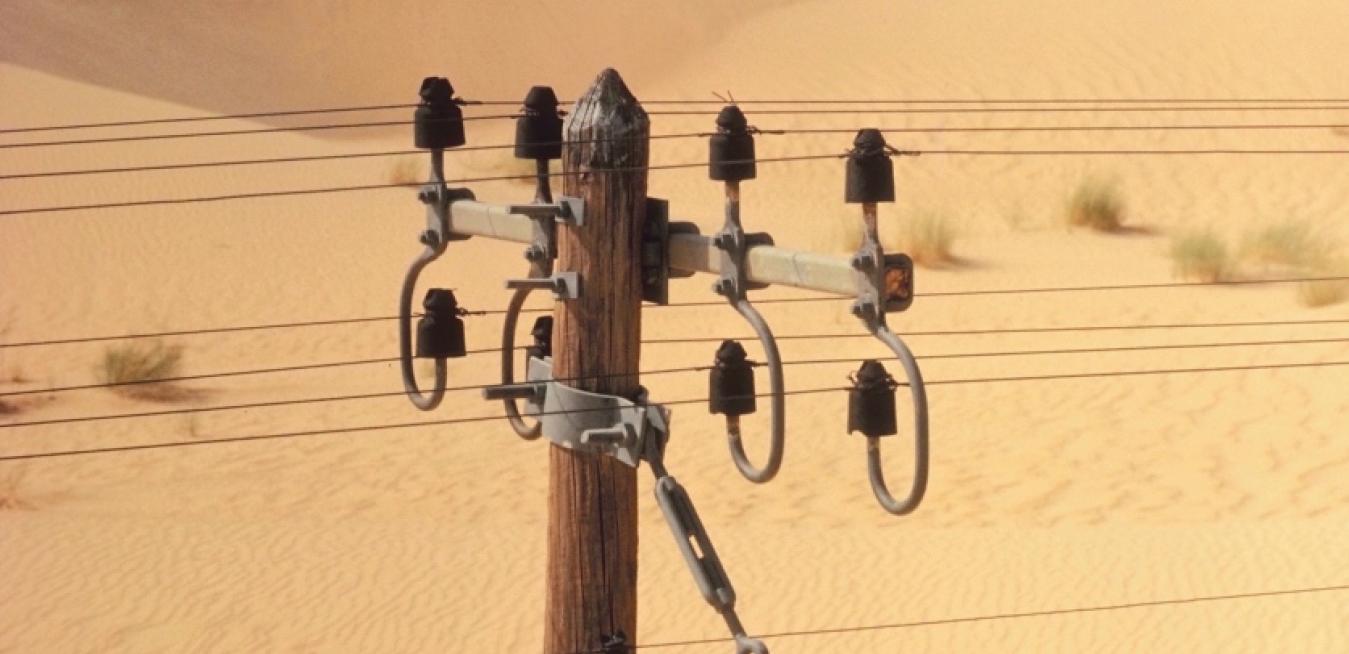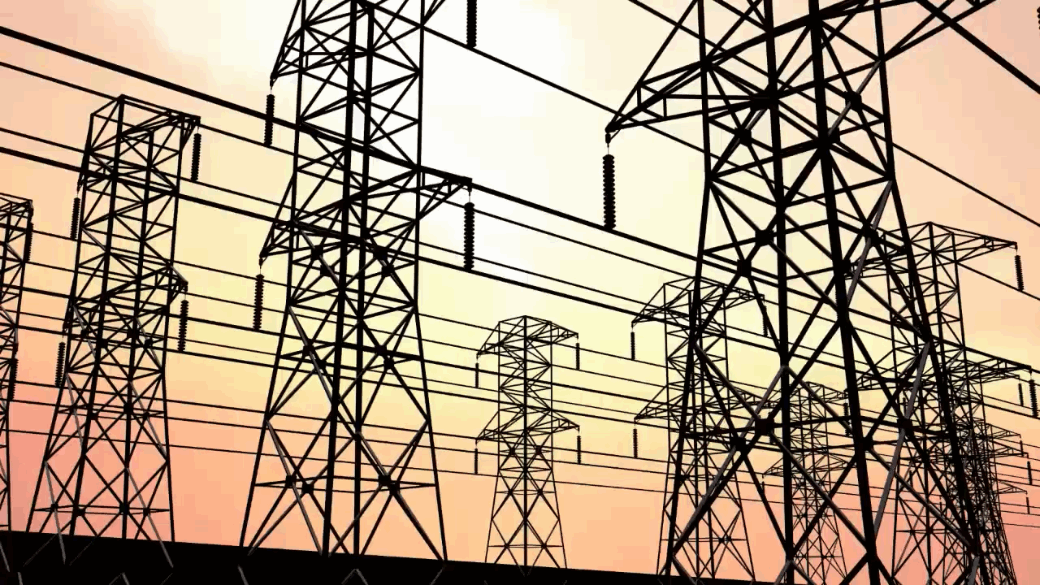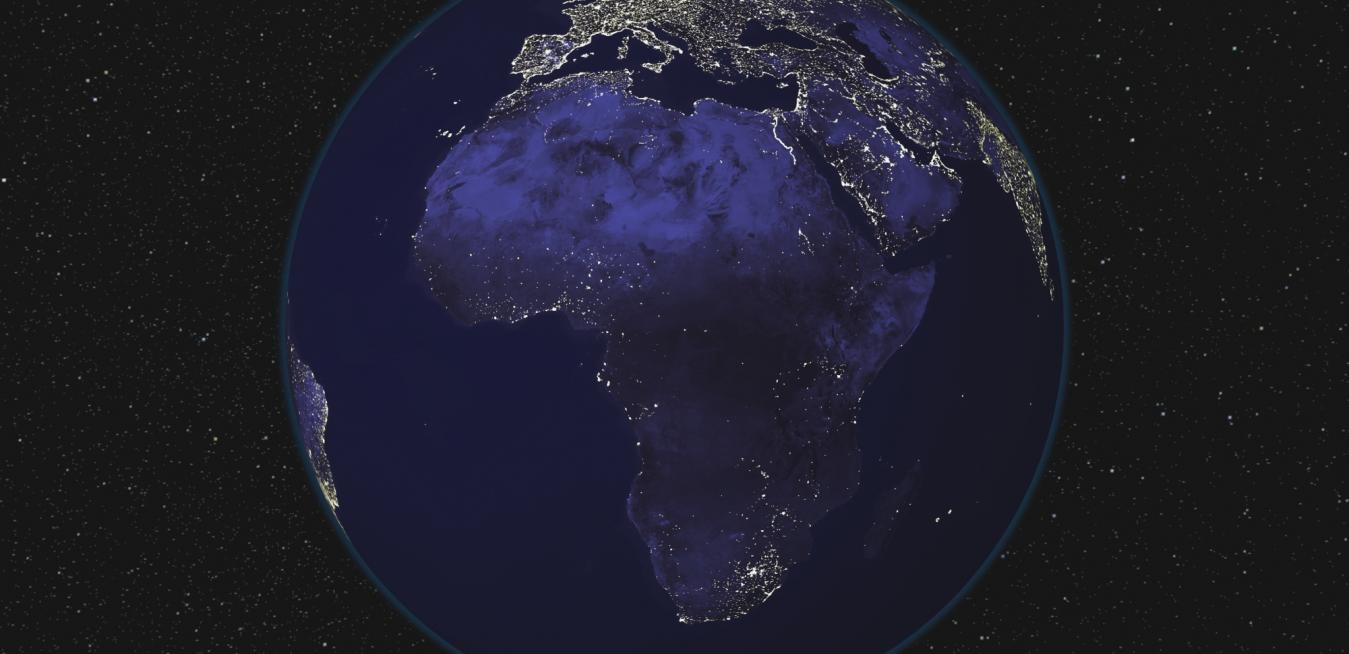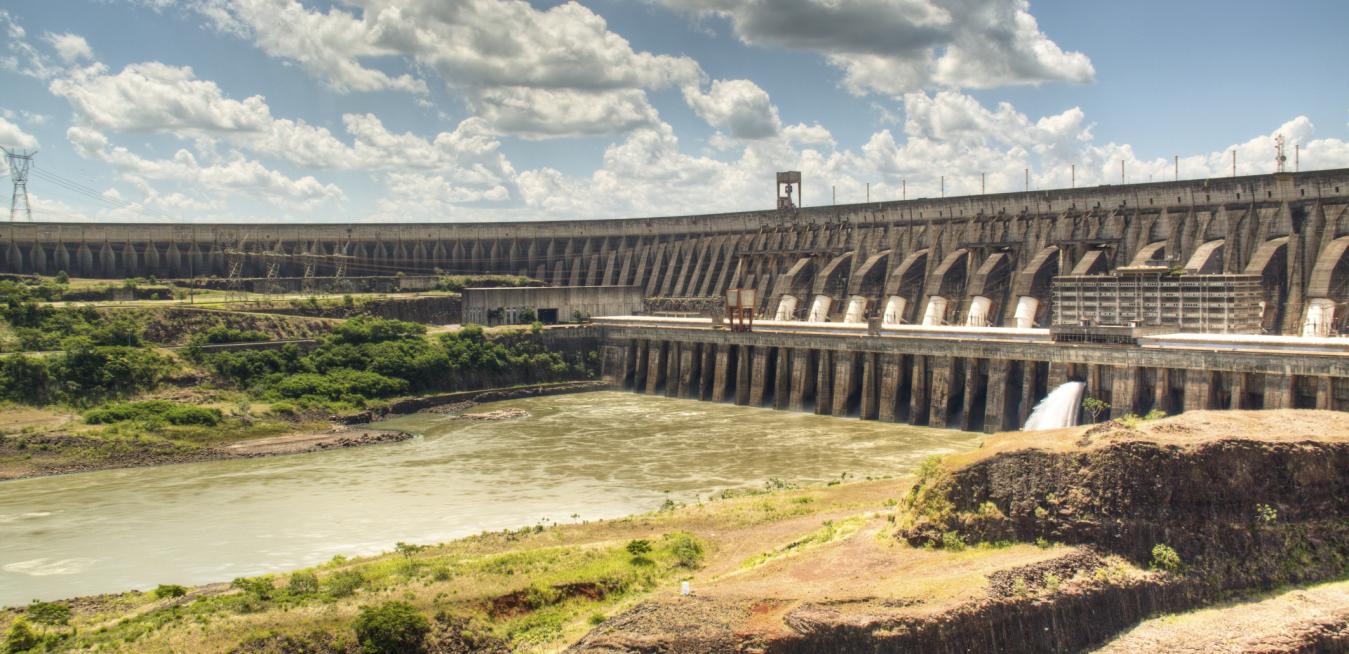Three years into the U.S. Power Africa initiative, a roadmap is in place to connect 60 million to electricity by 2030 — and empower people across the continent.
Africa boasts some of the world’s fastest-growing economies, but its growth potential is limited by poor energy infrastructure, with only a third of the population of Sub-Saharan Africa having access to power.
Data can help channel private-sector investment and incentivize reforms, creating a positive cycle for development.
A small American energy company is looking to expand into the developing world. It has limited resources to scope out the relative risk of foreign markets, so it relies in part on a trove of indices gathered by the international community. In the emerging and developing markets of the 21st century, that kind of easily available data can help drive critical foreign investment decisions.
By embracing the 4th Industrial Revolution, we transform the electric grid and we can improve access to affordable, reliable power.
We are at the start of a power revolution. The coming year presents a number of opportunities to take action to improve global access to electricity.
The world has made great progress over the past several decades. Primary education is becoming almost universal in many regions, child mortality rates have fallen globally, and life expectancy has risen in most countries. To maintain this momentum we need a sustained commitment to invest in infrastructure that provides people access to healthcare, water and most crucially, electricity.
In the 1950s, GE hired renowned comics artists, including George “Inky” Roussos of Batman fame, to draw a series of books called Adventures in Science. The series covered everything from space travel to electricity, and the company is now taking its heroes out of retirement. It partnered with the storytelling app
